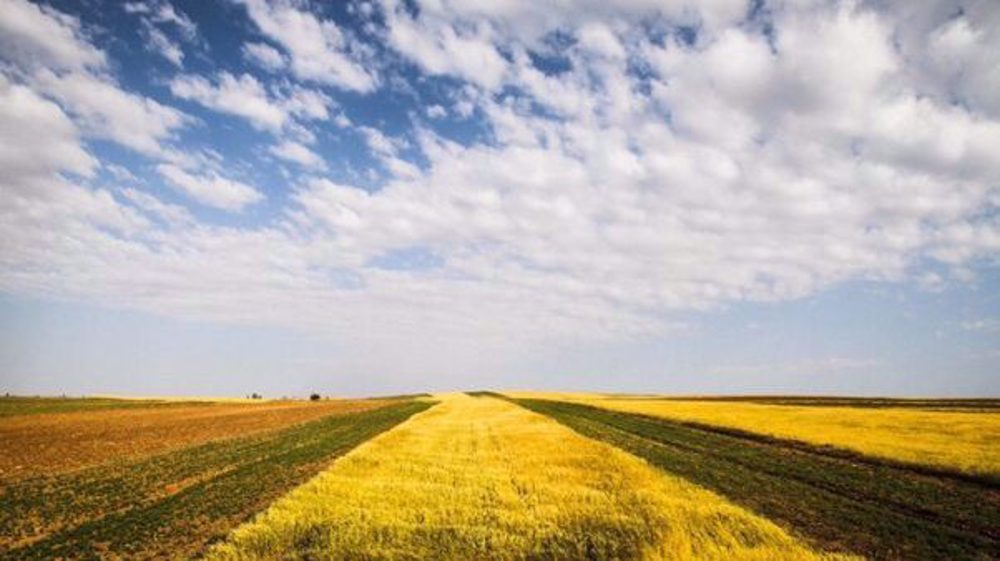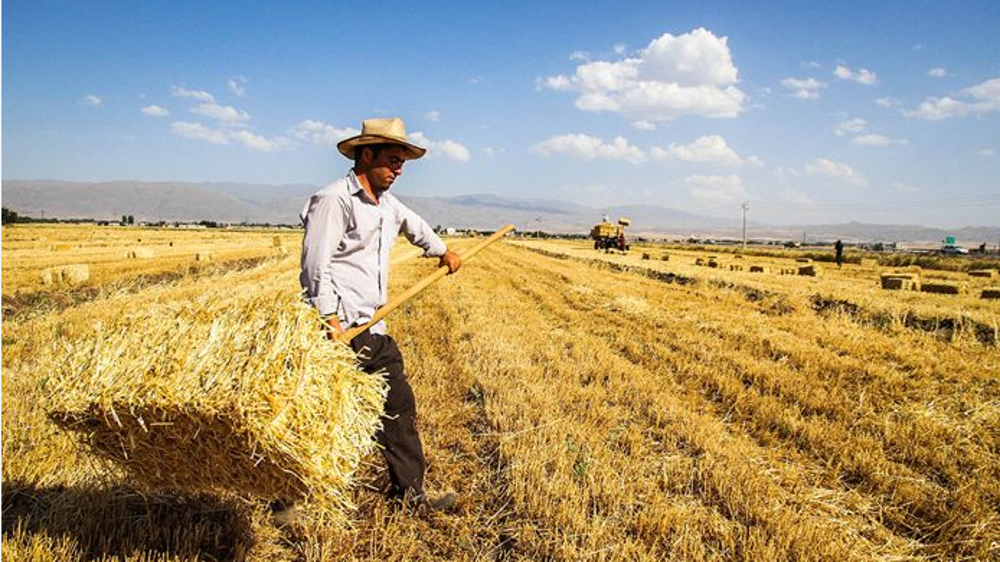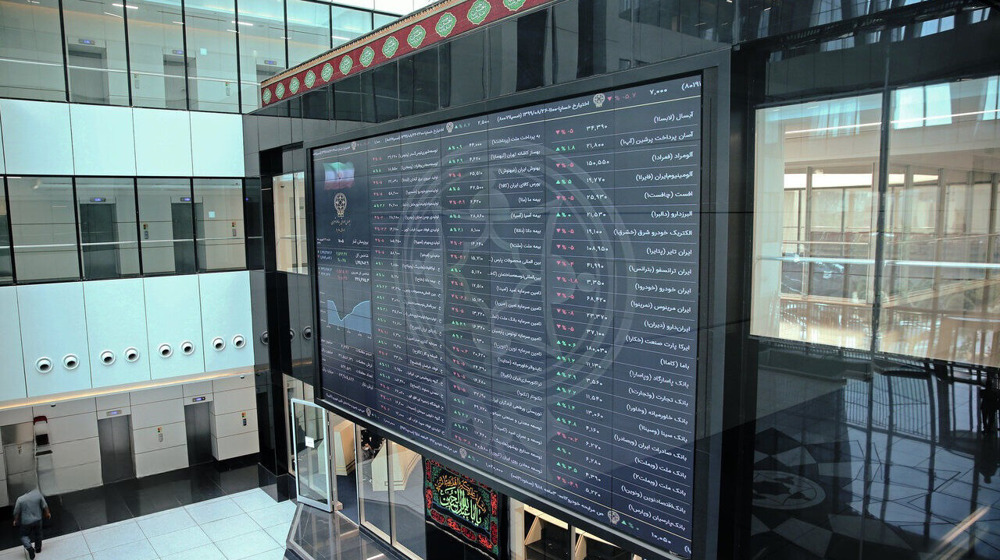Iran boosts wheat stocks with local buys amid global crunch
Iran’s wheat purchases from local farmers rose 55.2% from the prior year’s total procurement, boosting stocks at government granaries at a time of surging prices that have sent flour costs sharply higher.
The Government Trading Corporation (GTC), which is responsible for staple supplies in Iran, purchased 7.3 million tonnes of wheat in the five months since late March which is generally the harvest season in Iran, figures released by Iran’s ministry of industry, mining and trade showed.
“In the first five months of [the Persian year of] 1401, about 7.3 million tonnes of wheat worth 811.1 trillion rials were purchased by the Government Trading Corporation of Iran, which is 55.2% higher in terms of quantity and 256% up in terms of value compared to the same period last year,” it said.
Purchases of wheat at a state-set guaranteed price are the key plank of Iran’s self-sufficiency drive in the strategic staple food. However, the former government’s reluctance to raise its prices in accordance with inflation rates dissuaded many wheat growers from selling their produce to the state.
As a result, the Rouhani administration imported more than 3 million tonnes of wheat at a cost of $3.8 billion in 2020.
For the fiscal year of 2021, Iran ran on a shortage of 30 percent which meant the country had to import 5-6 million tonnes of wheat, according to officials.
To put this into perspective, the government bought 11.5 million tonnes of wheat from local farmers in 2019 when the country celebrated self-sufficiency in the food for the fourth year in a row.

Wheat is Iran's most important crop, accounting for about half of its cultivated acreage and 70 percent of its grain output.
The country is estimated to consume around 15.5 million tonnes of wheat a year, but supplies have varied over years due to erratic domestic production.
The bulk of the crop depends on seasonal precipitation, where irrigated wheat covers only one-third of the total area of 6.5 million hectares used for harvest, making yields subject to cycles of boom and bust.
The global food market is facing a serious challenge from the ongoing conflict in Ukraine which is the fifth largest exporter of wheat. Russia is the world's largest wheat exporter, accounting for 18% of global shipments.
Russia and Ukraine which respectively produced 38 million tonnes and 22 million tonnes of global wheat supply last year have reduced their wheat supply by 30 million tonnes this year, leading to a steep rise in prices.
Economists say the West’s imposition of more sanctions on Russia has intensified the rise in prices for energy and food products, especially wheat.
Index shows global disapproval of Israel due to Gaza genocide
VIDEO | Libyan military chief killed as plane crashes near Ankara
Araghchi: Iran’s foreign ministry supports export of technology products
Israeli attacks kill 3 in Lebanon amid ongoing ceasefire violations
VIDEO | US tariffs on India impacted Kashmir Christmas crafts
VIDEO | India's bulldozer victims live on ruins of their homes awaiting justice
VIDEO | Gaza hospitals plead for aid as medicine, supplies run critically low
Russian adviser praises Gen. Soleimani’s ‘courage and wisdom’ at Moscow memorial










 This makes it easy to access the Press TV website
This makes it easy to access the Press TV website